Homestead gardening is more than just a hobby and it is a gardening practice which is rooted in self-sufficient and sustainability. It is a way of life that reconnects us with the earth, fosters self-sufficiency, and promotes sustainability. Homestead gardening offers a holistic solution, and the importance of food security and environmental consciousness is becoming increasingly popular.
At it’s core, homestead gardening is a testament to our ability to nurture the earth and, in return, be nurtured by it. This intimate relationship with the soil not only yields an abundance of fresh, organic produce but also fosters a profound sense of connection to nature.
As we cultivate our own food, we become stewards of the land, reducing our ecological footprint, and ensuring food security for ourselves and our communities. Homestead gardening is a timeless tradition that reminds us of the beauty and simplicity of working in harmony with the natural world, one seed at a time.
What is Homestead Gardening?
Homestead gardening is a practice that is rooted in self-sufficiency and sustainability, encompassing the cultivation of a wide range of plants and crops on gardener’s own property. A homestead garden represents a return to our agrarian roots, fostering a deep connection with the land and a sense of responsibility for our food sources. At its essence, homestead gardening is about reclaiming control over what we eat and how it’s grown. This gardening practice involves carefully planning, planting, and nurturing a variety of fruits, vegetables, herbs, and even sometimes livestock, all within the confines of one’s homestead.
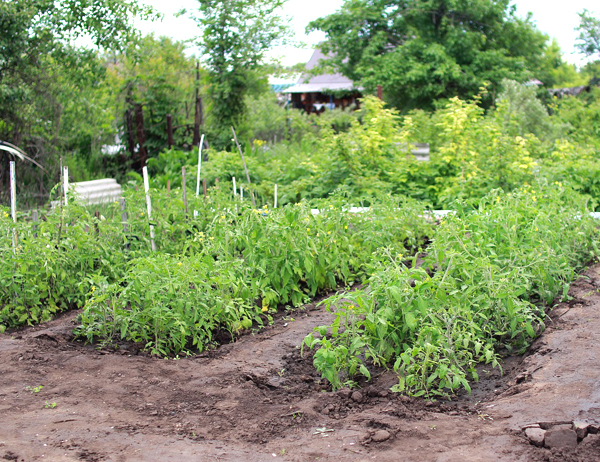
Advantages of Homestead Gardening
Like many other approaches, this gardening practice also has numerous benefits or advantages. Here we are trying to list the most common advantages of homestead gardening.
- Fresh and nutritious products
- Grocery bill saving
- Environmental benefits
- Physical and mental well-being
- Connection with nature
- Educational opportunities
- Community building
- Food waste reduction

How to Start Homestead Gardening
Starting your homestead garden is relatively easy and simple, and it can be an exciting endeavor. But it is essential to plan carefully before starting. Here are the important steps for starting a homestead garden:
Step 1: Choose the Right Location
Selecting a very good location is very important for starting your garden. Before you dive into homestead gardening, you must select an ideal location for your garden. Ensure that your chosen spot receives at least 6-8 hours of sunlight per day for most vegetables to thrive. Test your soil to understand its composition and fertility. Soil rich in organic matter is ideal for gardening. Access to a water source is crucial for irrigation. A nearby well or reliable hose connection will make your life easier. Be aware of your local climate and growing zone. This will help you choose suitable plants and understand when to plant and harvest.

Step 2: Make a Good Plan
A well-thought-out plan is the backbone of a successful homestead garden. Sketch a garden layout, considering the size and shape of beds, pathways, and the placement of plants. Choose crops that thrive in your climate and meet your family’s dietary preferences. Learn about companion planting to maximize yields and minimize pests naturally.
Step 3: Prepare the Soil
Healthy soil is the cornerstone of a productive homestead garden. Amend your soil with compost, organic matter, and soil conditioners to improve fertility. Consider using raised beds to control soil quality, drainage, and minimize weed competition.
Step 4: Planting
Try to plant different types of plant in your home garden. Start planting once your land is ready. Follow a planting calendar tailored to your region to ensure you sow seeds and transplant seedlings at the right time. Provide consistent and adequate moisture, but avoid overwatering, which can lead to root rot. Mulch your garden beds to conserve moisture, suppress weeds, and regulate soil temperature. Implement natural pest control methods such as companion planting and introducing beneficial insects.
Step 5: Harvesting and Preserving
Harvesting fresh products is very pleasuring. In a homestead garden you can harvest the products whenever you want. Learn when to harvest each crop for optimal flavor and nutrition. Discover various methods for preserving your surplus produce, such as canning, freezing, and drying.
Step 6: Sustainable Gardening Practices
Homestead gardening is not just about growing food; it’s about doing so sustainably. Turn kitchen scraps and yard waste into nutrient-rich compost to enrich your soil. Install rain barrels to collect and use rainwater for irrigation. Prevent soil depletion and pest infestations by rotating your crops annually. Implement natural pest control methods, like companion planting or introducing beneficial insects. Minimize soil disruption by using no-till or low-till methods to preserve soil structure and reduce erosion.
Step 7: Gardening Throughout the Seasons
Successful homestead gardening involves year-round planning and cultivation. Plant cool-season crops, start seedlings indoors, and prepare the soil. Tend to your garden diligently during the growing season. Water, mulch, and watch for pests in summer. Harvest crops and prepare the garden for winter in rainy season. Plant cover crops to improve soil health. Plan for the next season in winter, order seeds, and maintain indoor plants.

Step 8: Livestock and Homesteading
Many homesteads include livestock as part of their self-sufficient lifestyle. Learn about raising chickens, goats, or other animals for meat, eggs, and milk. Understand the responsibilities, benefits, and ethical considerations of livestock care.
Step 9: Consider The Challenges and Solutions
Homestead gardening is a fulfilling and sustainable way of life, but it does come with its share of challenges. By understanding these challenges and implementing the provided solutions, you can navigate the terrain with confidence.
Remember that each challenge is an opportunity to learn, adapt, and grow as a homesteader. With dedication and the right strategies, you can create a thriving homestead garden that not only sustains you but also brings you closer to the land and the food you nurture from it.
Climate and Weather
Invest in season-extending tools like hoop houses, cold frames, and row covers. Adapt to your climate by selecting appropriate crop varieties and planting times. Diversify your garden to include hardy and resilient plants. Implement water-saving techniques such as mulching and drip irrigation. Collect rainwater and use it for garden irrigation. Choose drought-resistant plant varieties for your garden.
Soil Quality and Fertility
Conduct soil tests to determine deficiencies and amend accordingly with organic matter. Implement no-till or low-till gardening methods to preserve soil structure. Rotate crops to prevent nutrient depletion.
Weeds and Soil Erosion
Mulch garden beds to suppress weed growth and improve moisture retention. Practice cover cropping to prevent soil erosion and enhance fertility. Regularly weed your garden to prevent competition for nutrients.
Pest and Disease Challenges
Encourage beneficial insects by planting companion plants. Use organic pest control methods like neem oil, diatomaceous earth, or hand-picking. Monitor your garden regularly for signs of infestations.
Maintain good air circulation by proper spacing and pruning. Water plants at the base to avoid wetting leaves, which can lead to fungal issues. Rotate crops and practice good garden hygiene to reduce disease pressure.
Demanding Workload
Plan and prioritize tasks with a garden calendar. Consider companion planting to reduce the need for constant attention. Share responsibilities with family or neighbors.
Seasonal Variability
Preserve surplus produce through canning, freezing, or drying to enjoy it year-round. Embrace the rhythm of the seasons and focus on activities suited to each time of year. Use downtime for garden planning and maintenance.
Garden Predators
Install fencing or netting to protect your crops from deer, rabbits, and other wildlife. Employ scare tactics like reflective objects, motion-activated lights, or noise devices. Consider companion planting with plants that deter specific pests.
Garden Thieves
Harvest crops promptly to minimize temptation for hungry visitors. Install motion-activated security cameras or motion-sensor lights. Share surplus produce with neighbors to discourage theft.
These the basic information about homestead gardening. Hope this guide has helped you. Good luck and may God bless you!


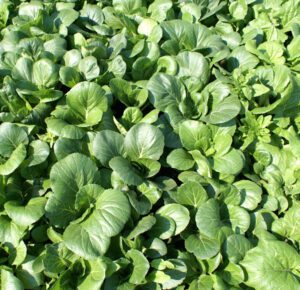
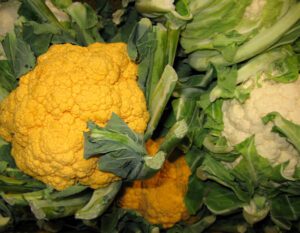
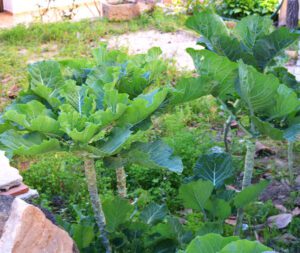

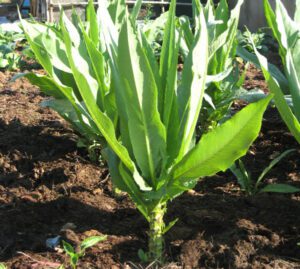
Great article about gardening, thanks for sharing. I have a beautiful home garden.